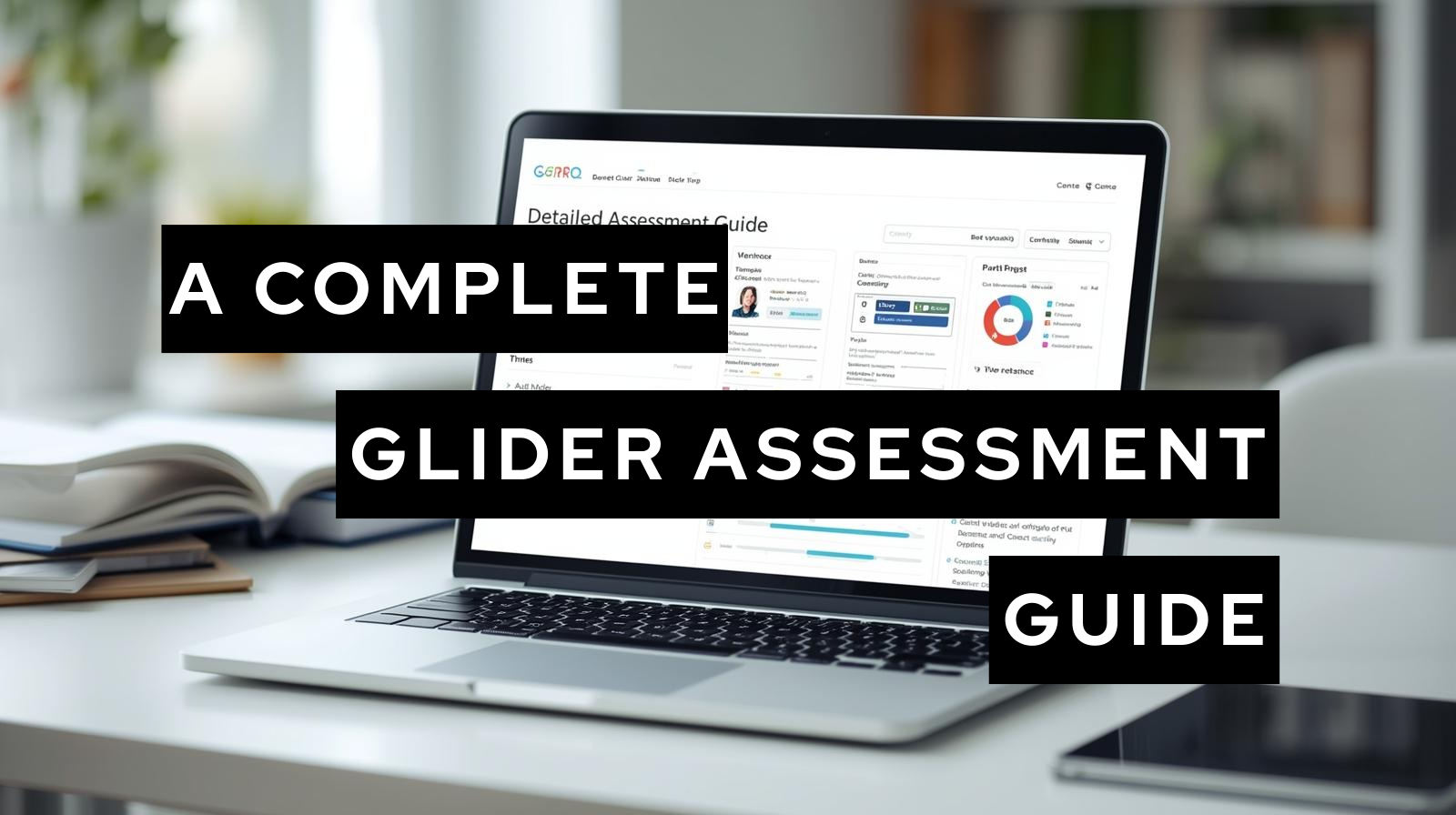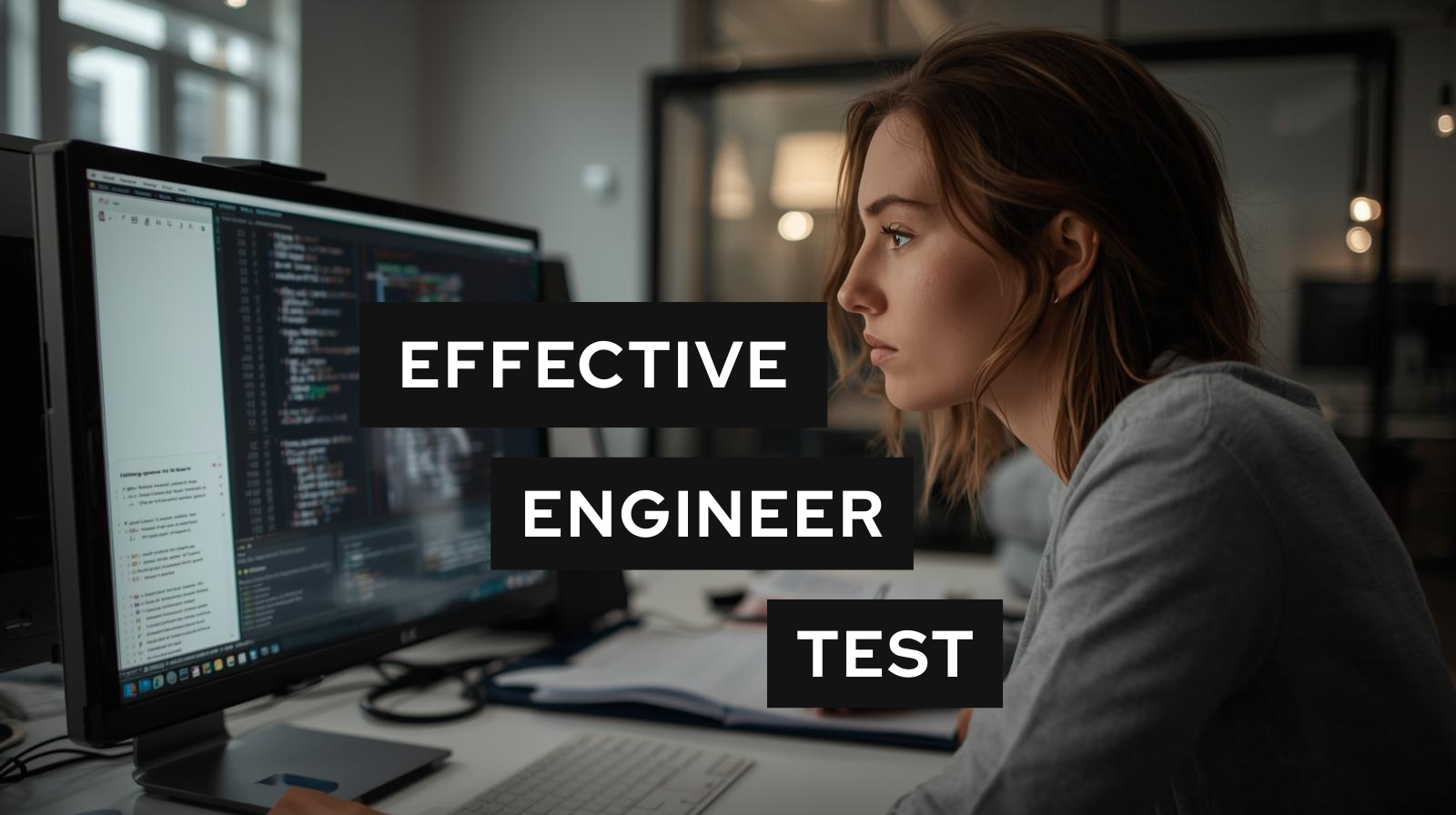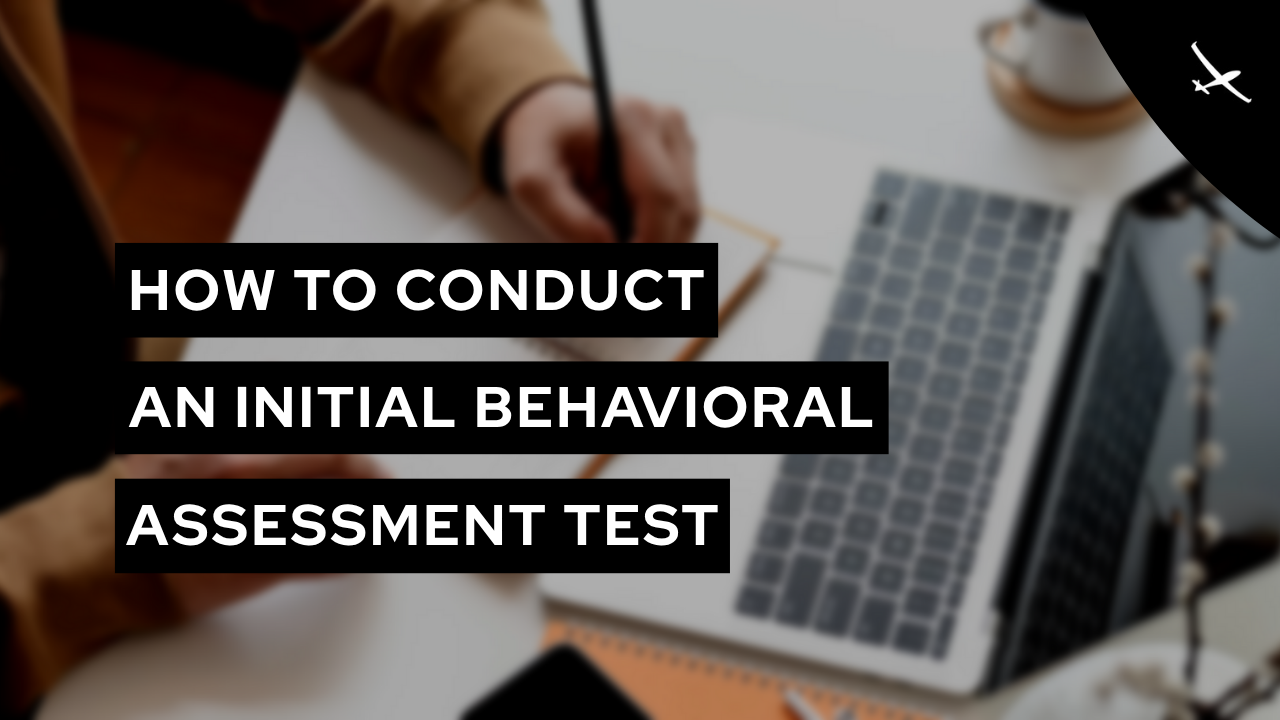Effective hiring steps require a structured combination of assessment content, technology, and the experience and judgment of people charged with making hiring decisions.
When using assessments consistently and effectively, organizations can achieve significant gains in terms of employee retention, employee engagement, positions filled internally, and customer retention.
Here are a few simple steps to achieve the highest ROI while using assessments
- Define competencies first: Before you choose what kind of assessment to use for candidates or which assessment model will be best for your business, you have to decide what you’re testing for. Define competencies for assessment by simply thinking about what makes employees at your company successful, so that you can look for these characteristics in candidates. Having a competency model as the basis for your assessment tool will also help defend against any legal claims because it will demonstrate that the tool measures qualities that are job-related.
- Think life cycle: Most top companies are using assessments throughout the employee life cycle at much higher rates than the industry average. Assessments can be good tools to identify employees with leadership potential and can even be used in succession planning.
- Think to budget: You don’t necessarily have to invest in multiple or pricey assessments if your budget is strapped. As long as you map competencies for all the scenarios in which you want to utilize assessments and then choose a comprehensive tool, the same information can guide employee development from hire to fire.
- Follow up and calibrate: Measuring the correlation between assessment results and employee performance on the job is a key step in ensuring that your assessment process is working as intended.
- Know when should you “knock out” candidates based on assessment results: Perhaps the biggest challenge related to the use of assessment tools is determining when to use assessment information to completely remove an applicant from consideration. This is a big decision. While it is relatively easy to justify based on above-the-surface stuff like basic qualifications, it gets a bit touchier when based on fuzzier things, such as a set of personality test results. This decision must be made based on job-related criteria only. Justify any knockouts made using assessment results by tying them directly to job performance requirements. The other aspect of managing this challenge is to set cut scores on initial assessments, which are designed to cast a relatively wide net and remove only those who are clearly not a good fit.
- Know how much weight should be placed on test scores: Create a decision structure within the hiring process. Allow all those making hiring decisions to see all relevant data organized in one place, be it assessment scores, ratings, or interview feedback/comments by different members of the hiring team. Glider is one such hiring solution that offers a dashboard where all relevant candidate information is easily accessible in a centralized repository. This is important for creating some perspective and context for the assessment data relative to a range of other information. The second step to achieve optimum use of assessment is to probe more deeply on potential issues raised via assessment results. This will allow hiring personnel to focus their attention on potential slackers so that they can collect the information needed to make effective decisions.




